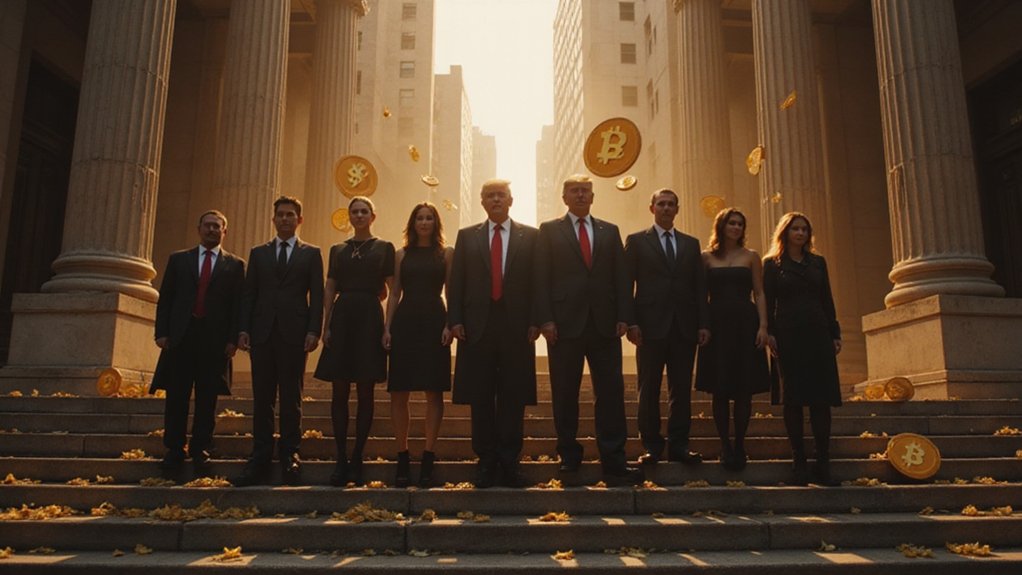When Bitcoin whales—those enigmatic entities holding 1,000 BTC or more (a mere $108 million threshold that would make most mortals weep with envy)—decide to move their digital hoards, the cryptocurrency markets hold their collective breath with the anticipation typically reserved for Federal Reserve announcements or earnings calls from companies that actually produce tangible goods.
The recent $9 billion Bitcoin whale sale has sent ripples through the cryptocurrency ecosystem, raising questions about whether early adopters are finally executing strategic exits after years of diamond-handed determination.
When $9 billion in Bitcoin changes hands, even the most steadfast diamond hands begin to tremble with strategic contemplation.
This massive liquidation follows a pattern of increasingly sophisticated whale behavior, where dormant wallets suddenly spring to life after years of inactivity. Analytics platforms like Lookonchain and Glassnode have documented these movements with the forensic precision of bloodhounds tracking financial footprints across the blockchain’s immutable ledger.
The sale represents more than mere profit-taking; it signals a potential shift in the accumulation-distribution cycle that has characterized Bitcoin’s market dynamics since its inception.
Early miners and institutional holders, who accumulated positions when Bitcoin traded for the equivalent of artisanal coffee, now face the enviable dilemma of when to realize gains that would make Midas blush. The timing appears strategic rather than panic-driven, suggesting these whales possess market intelligence that extends beyond retail sentiment and Twitter proclamations from celebrity endorsers.
The market impact extends beyond immediate price volatility. When entities controlling such substantial volumes begin distributing their holdings, the psychological effect on retail investors can be profound. As of September 2023, whales control approximately 39% of Bitcoin’s total supply, making their movements particularly consequential for market stability.
Exchange order books reflect this anxiety, with increased volatility accompanying large inflows from whale addresses—a phenomenon that blockchain analytics firms monitor through metrics like the Bitcoin Accumulation Trend Score. Historical precedent shows that large transfers can trigger significant market reactions, as evidenced when a dormant wallet’s movement caused a 1.42% price drop in the broader cryptocurrency market. Recent network upgrades across major platforms like Binance.US have enhanced transaction security and monitoring capabilities, providing clearer visibility into these large-scale movements.
What remains particularly intriguing is the pseudonymous nature of these transactions. While the blockchain reveals the movement of funds with crystalline clarity, the motivations behind such massive sales remain opaque.
Are these strategic portfolio rebalancing moves, responses to regulatory pressures, or simply the natural conclusion of investment cycles that began when Bitcoin was dismissed as internet monopoly money? The market’s reaction suggests participants are still deciphering these digital tea leaves, searching for signals in the noise of whale movements.









